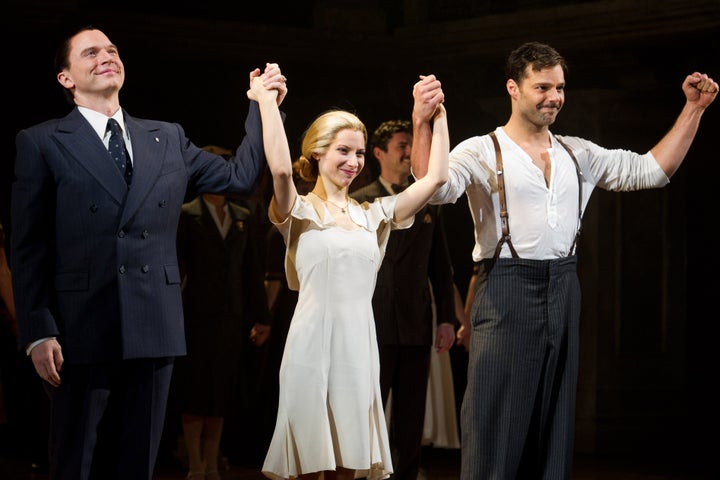
It is difficult to read much about the arts these days without running into a discussion about engaging audiences as if this were a new concept or imperative.
It is ironic to me that this topic is the focus of so much current attention since, for decades, the mission statements of most not-for-profit arts organizations include explicit mention of the desire to influence, educate, inspire or entertain specific audiences -- in other words, to engage them.
The new (renewed?) focus on audience engagement appears to emerge from the sense that conventional arts organizations are losing their audiences to other forms of entertainment. Our audiences have the opportunity to be entertained at home on their personal computers and on television, to experience astonishing special effects at the movies, and to communicate with their friends non-stop via texting, cell phones, Facebook and Twitter.
The sense of many is that things must change -- our art must change, our approach to marketing must change and the nature of the audience experience must change. If we continue to operate in the same manner as we did in the twentieth century, the arts will die.
A serious discussion of audience engagement, however, demands more than platitudes and generalizations. It demands honest answers to three questions:
1. Is the loss of audience due to changes in audience tastes, familiarity with the work, need for a difference kind of experience, or simply because the art is boring? If audiences were uniformly looking for a different kind of arts experience it would be hard to understand why so many plays -- an art form that go back to the ancient Greeks -- are selling so well.
2. If we believe we can remedy our loss of audience by offering a more 'engaging' experience, which audience segments are we trying to engage? Most discussions about engagement relate to techniques that might work with younger audiences. But let's not ignore ways to 'engage' older audiences, diverse audiences, rural audiences. There are plenty of people in every one of these categories to fill every theater in the nation.
3. Once we have selected the audience groups we intend to target, can we design an appropriate engagement strategy? The techniques we use to engage older audiences are different from those we use for teenagers. Not every audience type requires talk-back sessions, participatory activities or an online component. A careful, focused approach to engagement must be developed and implemented.
The keys to any successful audience engagement strategy, of course, are consistency and commitment.
No one single event will engage audiences in a sustainable fashion. One program for young people, one interactive event, one concert with repertory aimed at a younger audience will not create a permanent younger audience. Creating a habit of visiting the arts requires an on-going effort to reach and develop audience groups.
And this effort will not be sustained if there isn't real commitment to on-going implementation of the engagement strategy. Audience engagement cannot be the flavor of the week; it must be a core element of long-term strategic effort to accomplish our missions.
